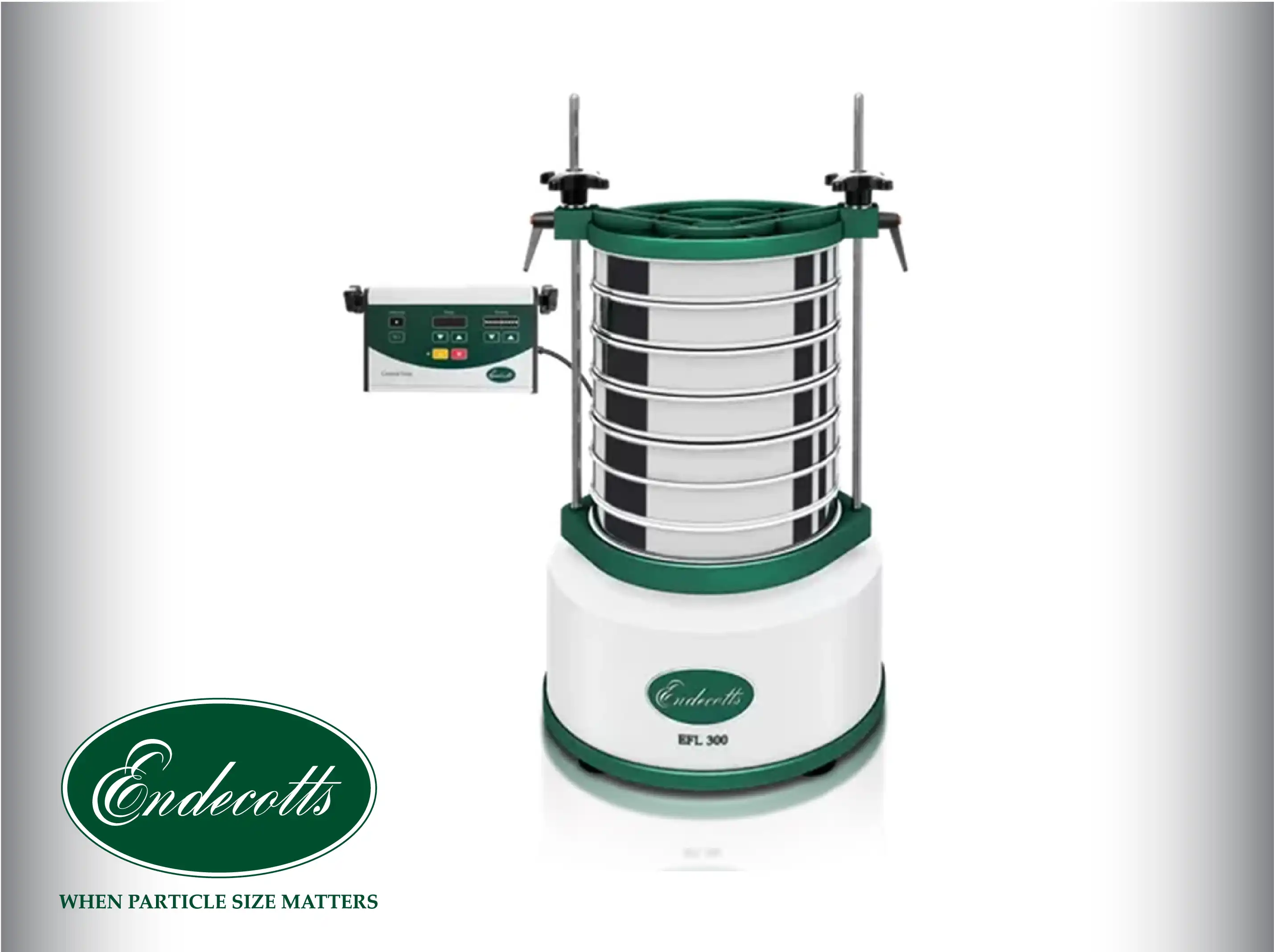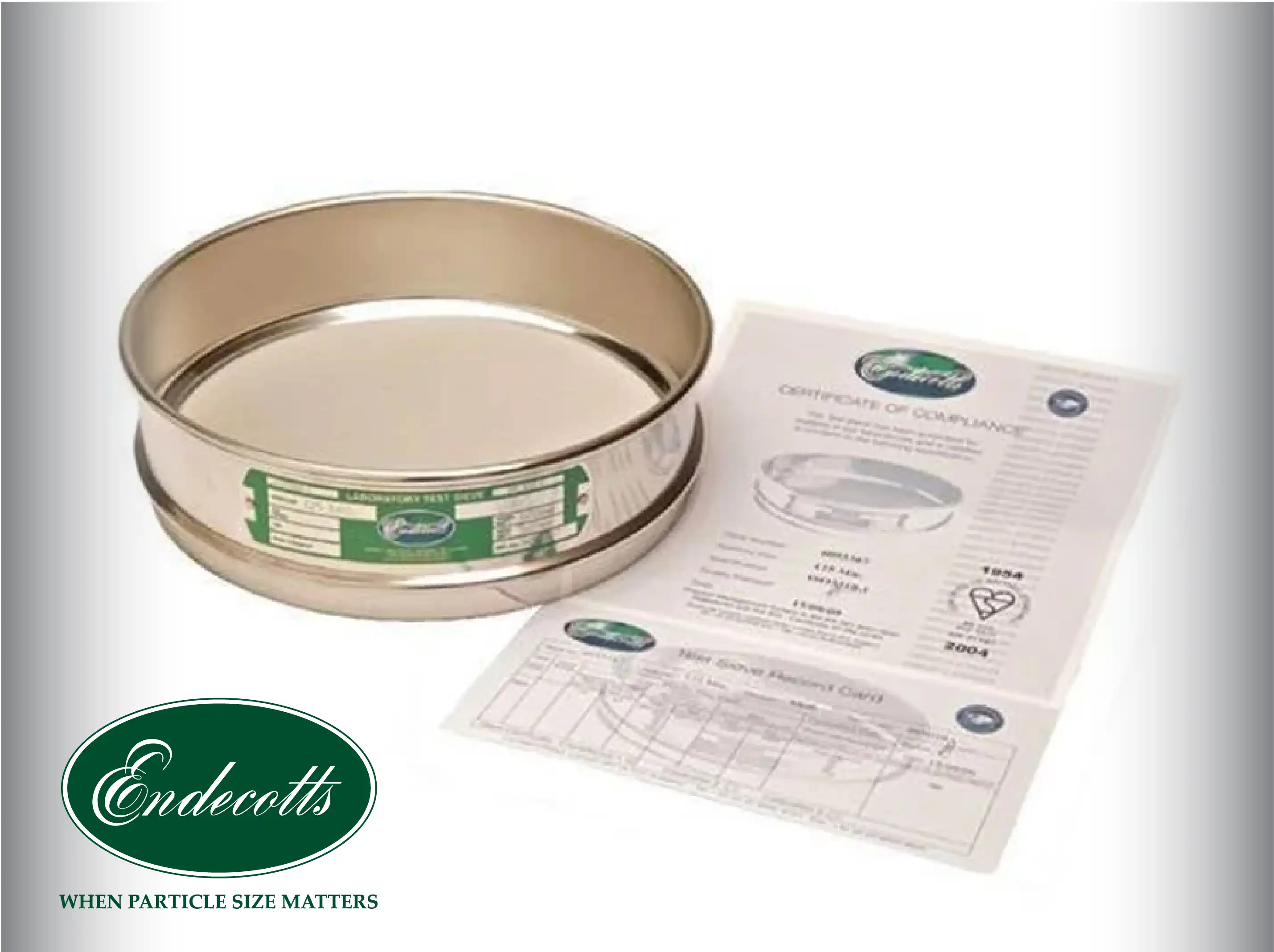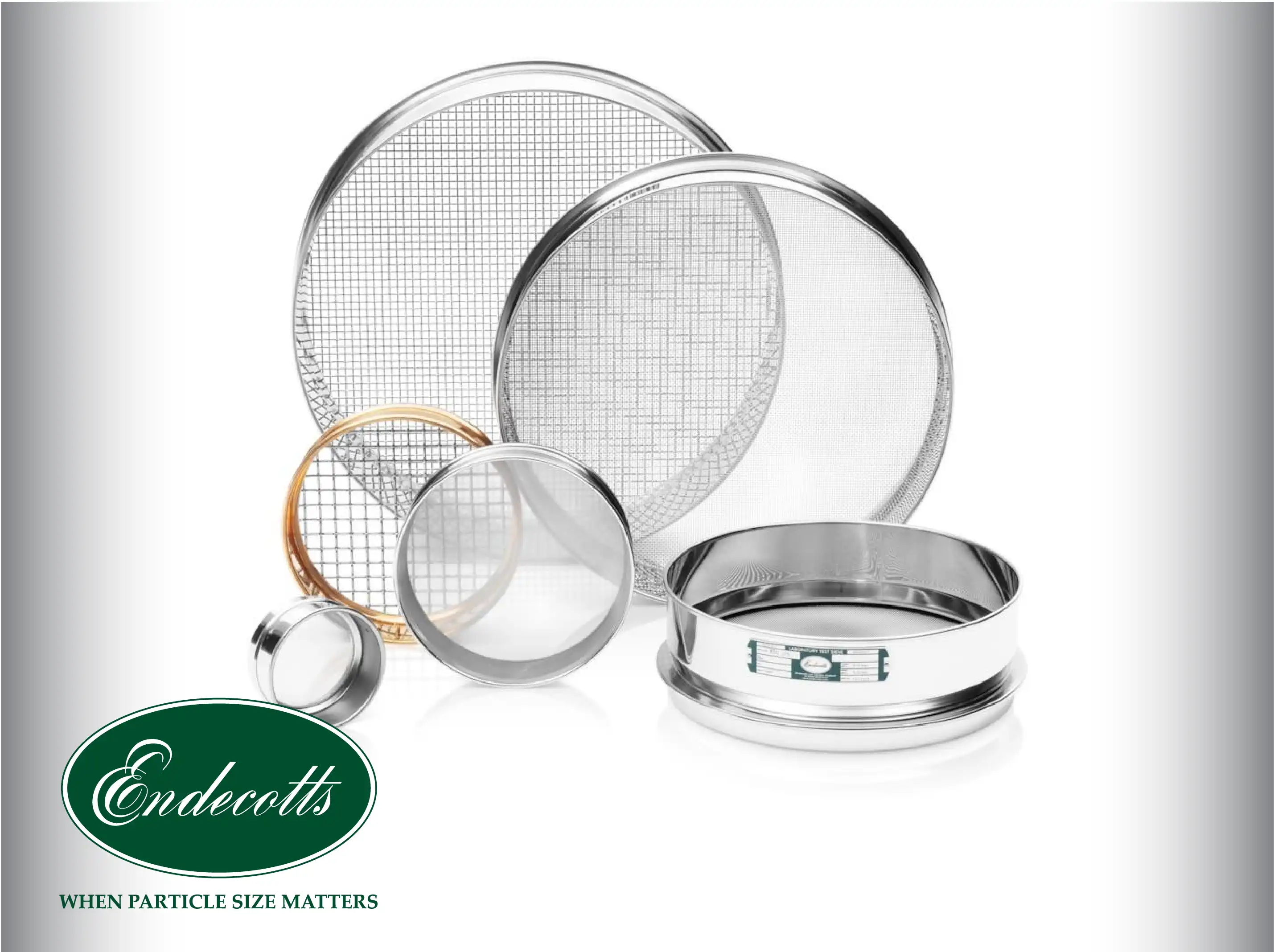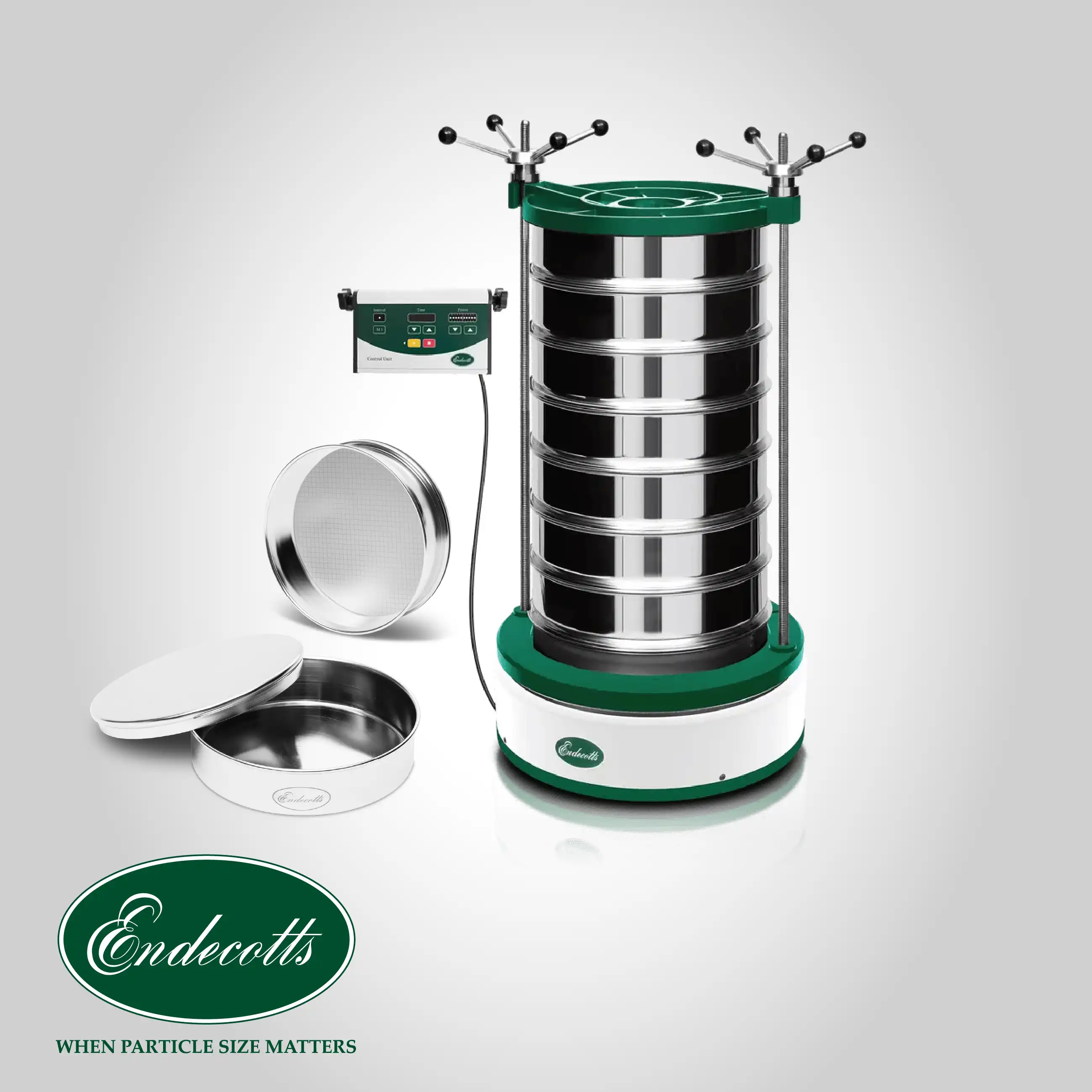
Endecotts Test Sieves
Woven Wire Perforated Plate Microplate Aperture Analysis
Endecotts Test Sieves
The high degree of accuracy offered by these sieves stems from the use of sophisticated computer scanning methods to precisely measure test sieve apertures. This dedication to measurement and manufacturing skill ensures that the final product provides a level of accuracy critical for high-confidence laboratory results. Furthermore, the company supports this precision with a robust system of Certificates and Recertification services, which include detailed aperture and midpoint measurements, allowing laboratories to maintain their quality assurance protocols and verify the ongoing calibration of their primary analytical instruments over time.
The portfolio extends beyond standard woven wire sieves to include specialized formats that address specific material analysis challenges. This versatility includes Perforated Plate Sieves, offering larger aperture sizes with both round and square openings for coarse materials, and Microplate Sieves capable of handling extremely fine particle separation down to the 5 µm range. Specialized applications are supported through products like Wet Washing Sieves, designed for materials that require liquid dispersion during separation, and a comprehensive set of accessories, including Wet Sieving Conversion Kits and Ultrasonic Cleaners for optimal maintenance and sample preparation.
Inaccurate Sizing Due to Aperture Variation
A fundamental challenge in particle analysis is the inherent variability of sieve mesh openings, which compromises data integrity. Endecotts addresses this by employing advanced computer scanning techniques during manufacture, ensuring that the test sieve apertures are precisely measured and controlled against international standards. This stringent quality process minimizes geometric deviations across the mesh surface, providing the operator with a high-confidence analytical tool where the stated aperture size is a true, verifiable metric for separation.
Rapid Sieve Deterioration and Need for Recalibration
Over time, sieve mesh integrity degrades, requiring costly replacement or frequent, disruptive recalibration. The sieves are constructed using the finest materials, enhancing durability and structural longevity, which extends the period of consistent performance. Furthermore, the availability of a dedicated Recertification and Calibration service directly supports the customer need for verifiable, documented performance by offering ongoing aperture and midpoint measurement, which is crucial for maintaining regulated quality systems.
Difficulty in Analyzing Materials Below 20 µm
Standard woven wire sieves often struggle to maintain separation efficiency and accuracy when dealing with extremely fine powders. The specialized Microplate Sieves are specifically engineered to solve this limitation, offering mesh sizes that extend the reliable analytical range down to 5 µm. This is achieved by utilizing a microplate medium designed for handling the challenges associated with very fine particle dynamics, thus enabling precise size distribution data for nanotechnology and fine chemical applications.
Inefficient Cleaning Leading to Cross-Contamination and Blinding
Residual particles lodged in the mesh, or 'blinding,' significantly reduce the effective open area, leading to inaccurate subsequent analyses. The sieving accessories portfolio includes an Ultrasonic Cleaner, a specific technical solution that uses high-frequency sound waves to ensure thorough and gentle cleaning, dispersion, and degassing of the sieve mesh. This specialized cleaning prevents cross-contamination between tests and restores the sieve's open area, ensuring optimal analytical performance for every use.
Inability to Test Materials Requiring Liquid Dispersion
Materials that are sensitive to static charge or prone to clumping (agglomeration) are often impossible to analyze accurately using dry sieving methods. The solution is provided through Wet Washing Sieves and dedicated Wet Sieving Conversion Kits. These products facilitate the use of liquid media to disperse the sample, allowing fine particles to be accurately washed through the mesh, ensuring comprehensive and efficient separation that dry methods cannot achieve.
Lack of Verification for Analytical Sieves
Auditors and quality managers require documented proof of measurement traceability for all analytical equipment. Endecotts addresses this pain by providing detailed Certificates for each sieve, documenting the aperture and midpoint measurements against the required standards. This factory certification provides immediate, auditable evidence of the sieve's quality upon delivery, simplifying compliance procedures and reducing the initial validation burden for the customer.
Processing Coarse Materials with Limited Sieve Life
When separating larger particles (up to 125 mm), the material's weight and impact can damage the fine wire mesh of standard sieves. The Perforated Plate Sieves, available with round or square holes, are designed with a much more robust medium to handle coarse material classification. Supporting aperture sizes from 1 mm up to 125 mm, these sieves offer superior mechanical durability and extended service life in high-impact environments, ensuring reliable separation of bulk and aggregate materials.
Uncertainty in Recalibration Intervals and Performance Degradation
Laboratories are challenged to determine when a sieve has degraded beyond acceptable tolerance. The Recertification Service, which involves measuring the current aperture sizes, provides a definitive, verifiable check against the original calibration. This structured service allows quality assurance teams to implement performance-based maintenance schedules, replacing guesswork with documented data to manage the lifecycle and maximize the integrity of their critical sieving instruments.
Click here to know more about Endecotts range of products










